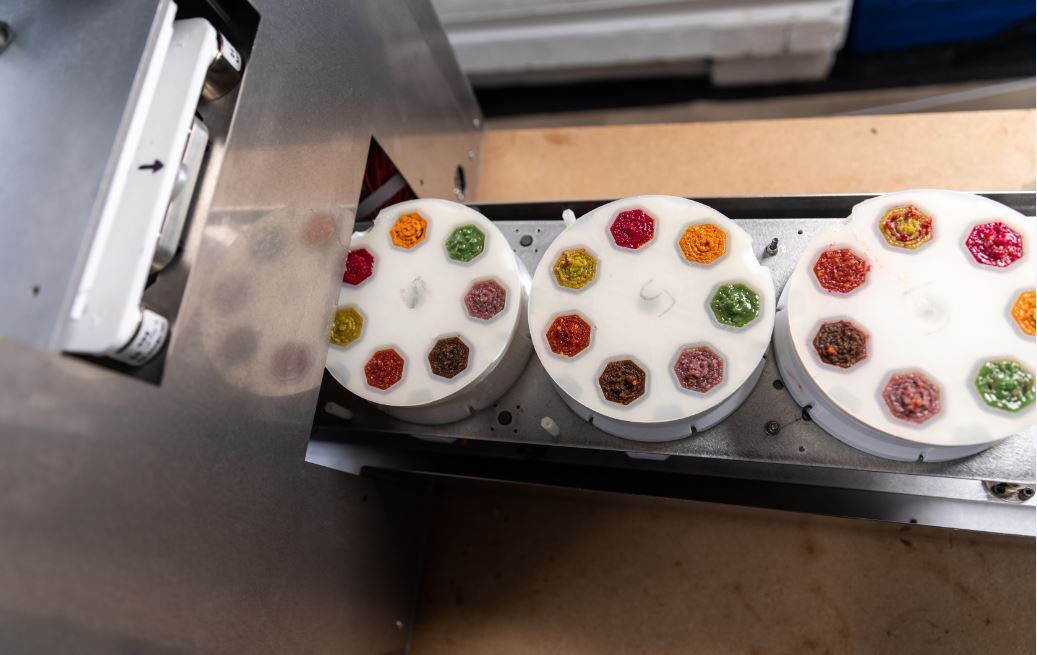The study conducted in Jordan, Oman and Iraq reported that 61.8% of OTC non-dairy products contain multi-strain probiotics, compared to only 32.1% in dairy-based functional foods.
In this study published in the journal, PharmaNutrition, 34 OTC probiotics were selected randomly from pharmacies, and 28 dairy-based functional foods obtained from supermarkets.
One of the authors, Dr Majed AbuKhader, who is also associate professor of nutritional biochemistry at the National University of Science and Technology in Oman, explained: “OTC probiotics are pharmaceutical preparations which contain live probiotic microorganisms and are sold in pharmacies in Oman (Muscat), Baghdad (Iraq) and Jordan (Amman).
“Meanwhile, dairy based probiotics are functional foods sold in stores such as supermarkets and hypermarkets in which milk is the main constituent but also contain live strains of probiotic microorganisms.”
While there were no disclosed published figures in relation to probiotics consumption in Oman, Jordan and Iraq, Dr AbuKhader pointed out that the large number and variety of probiotics products both OTC and dairy based available and accessible to public in these countries indicated that the probiotic market was growing to cater to the public demand for such products.
In these markets, probiotics tend to be consumed to help maintain healthy gastrointestional tract (GIT) function and help alleviate GIT disturbances such as diarrhea and irritable bowel syndrome (IBS).
Dr AbuKhader told NutraIngredients-Asia that the main function of OTC probiotics were to balance the disturbance in gut microbiota resulting from the diet or environmental factors.
The most common microorganisms found in the OTC probiotics were Lactobacillus spp., Bifidobacterium spp. and Streptococcus thermophiles, and common strains were Lactobacillus reuteri, Saccharomyces boulardi, Lactobacillus helveticus, Lactobacillus plantarum and Bifidobacterium breve in the sample products.
“In general, these strains of probiotic microorganisms have unique characteristics and function that would help to boost immunity and maintain and resolve GIT disorders.”
In comparison, Dr AbuKhader explained that dairy-based probiotics were produced to promote added nutritional value to the consumers.
“As these are fermented dairy food products, they contain bacterial culture to sustain texture, consistency and fermentation function. Usually the bacterial culture used in such products is one strain of probiotic microorganism, typically Lactobacillus acidophilus.”
Dr AbuKhader pointed out that the recent fast development of dairy manufacturing allowed the introduction of more probiotic strains to offer both added nutritional value and well-being.
He added: “This explained the low percentage of dairy-based probiotics which contained multi-strains and may rise in coming years with more multi-strain dairy-based probiotics available in the market.
“On the other hand, OTC probiotics were designed to offer the ingestion of multi-strain probiotic microorganisms to address certain disorders depending on the consumer health status. This explains the large number of OTC probiotics which contained multi-strain formulation.”
Besides the bigger variety of probiotics strains in OTC products, the study also reported higher CFU per intake compared to functional foods.
Limitation
Dr AbuKhader acknowledged one limitation of this study was the challenge in selecting dairy-based foods containing probiotics. “Some products just mentioned the species of the probiotic microorganism without referring to the strain type. These products were still included as they still contained a probiotic microorganism.”
He explained that this study could act as baseline data for future studies to better assess the use of probiotics in clinical practice.
This is the first study of its kind in the Jordan, Oman and Iraq markets. A similar study was conducted in the UAE in 2009.
Source: PharmaNutrition
https://doi.org/10.1016/j.phanu.2020.100202
“Investigating the characteristics of probiotics marketed in the Middle East and pharmacists' perception of use in Muscat, Oman”
Authors: Majed M. AbuKhader, et al.




